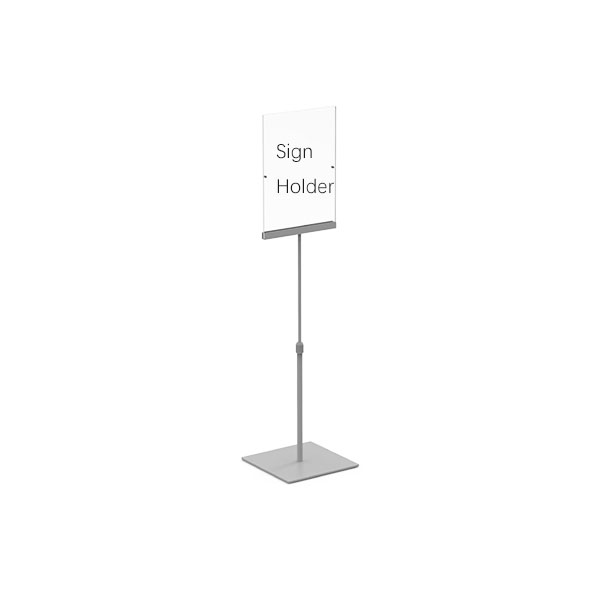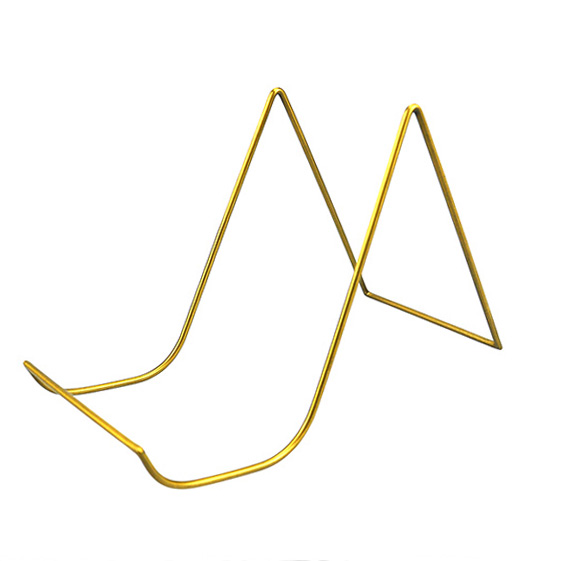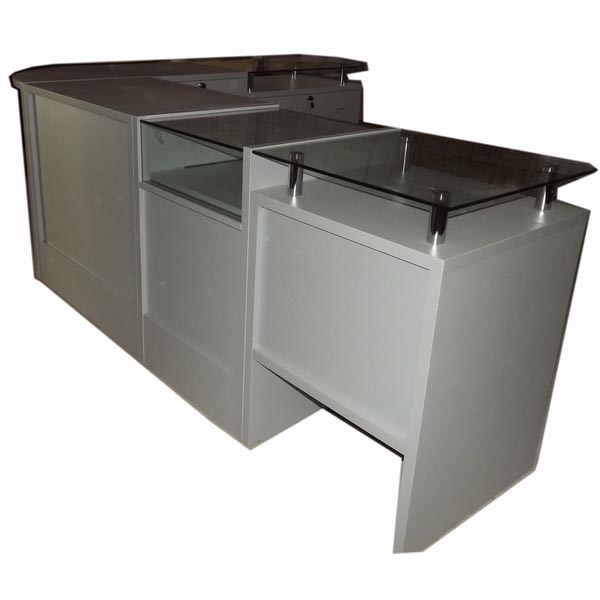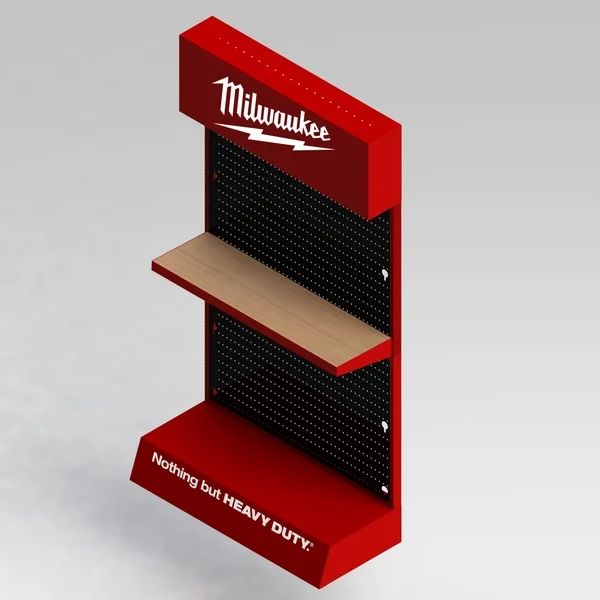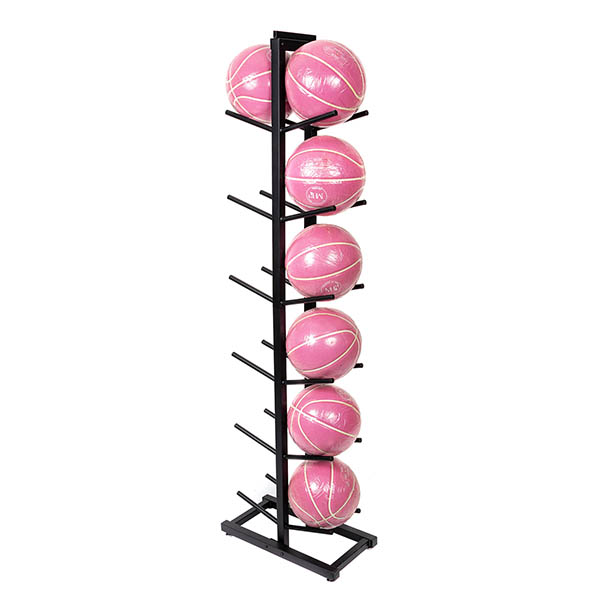In the fast-changing environment of retail, it has become very important to make your store more prominent for the customers. Amongst numerous such options available to shoppers, drawing their attention to your products can really bring significant impacts on your store sales. The first strategy is the commonly underrated strategy. Done properly, floor displays for POP displays and POS displays add to the aesthetics of your store and aid in directing the flow of your customers while highlighting some of the key products they might purchase. This blog outlines five essential strategies to optimize your customized floor display stands and maximize their impact on sales. By implementing these tips, you can ensure that your products not only occupy shelf space but also attract eager customers, leading to increased purchases.
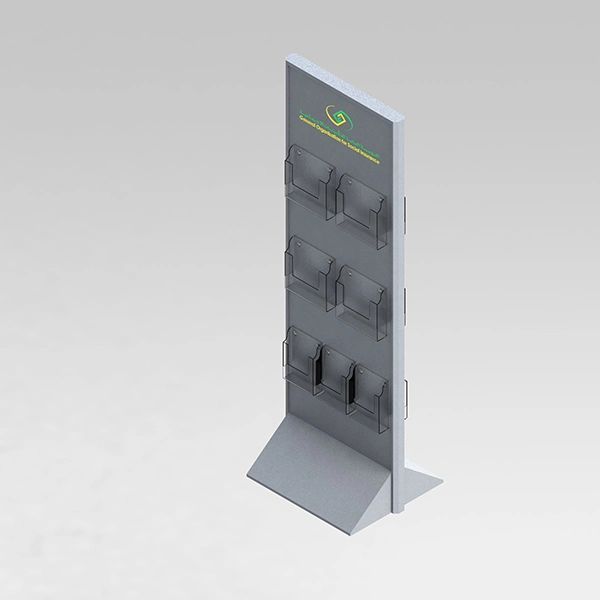
Tip 1: Understand Your Customers' Action Track
Understand your customers' action track, this can be done by realizing the proper place of the floor display through where the customers move inside your shop. Their action track starts from the time they walk in, down to each path they have taken, products met, and those floor stands passed by. Map out and plot these places, high traffic in these localities would be prime real estate for your displays. In the meantime, take into consideration posting your displays in such areas so that you are getting maximum visibility. Besides, the locus where consumer purchase decisions are made may assist in placing the products at such positions that influence the purchase decisions positively. Observing and collecting data on the customers' flow patterns in the store will be of great help in controlling the impacts of such changes in the placements of displays.
Tip 2: Leverage the Power of Impulse Purchasing
Impulse buying accounts for a significant amount of consumer spending within the retail environment, with studies indicating that impulse buys, depending on the section in a retail store a consumer makes, average 20-50% of the total purchases made per shopping trip. This would maximize the behavior of putting tempting products in a highly visible location where such items generate the most sales, such as POS displays of lines at a cash register, or POP displays along a pathway to a highly popular item. For instance, products priced below $20 placed around checkout are sure to be well taken up for impulse purchases. Retailers have also been successful in those spots by offering customers products on an exclusive or limited-time offer basis, tapping into their FOMO.
Tip 3: Utilize Data-Driven Insights for the Placement of Display Stands
Though it may sound like a euphemism, "data analytics," it goes without measure in the retail industry. Using these sophisticated tools for retail analytics, merchants will be able to track not only the sales data, starting from the transaction volume down to specific items, but also the movement patterns of the customers, dwelling times, and interaction rates with different display stands. For example, by the use of customer movement data, heat maps can come up and show that there is a particular area of your shop or retail outlet that is most visited. This can then guide where you put in your most compelling stands for maximum exposure. Usually, such analysis of data is done by retail giants, such as Walmart and Target, to decide the most appropriate place for positioning products at eye level or grouping products for promotional displays. Based on the sales patterns and customer behaviors from your studies, you will understand which products or series are best pushed on your floor displays and exactly where to place the floor stands to achieve improved sales.
Tip 4: Create Interactive Displays
Interactive display stands have emerged as a powerful instrument in marketing and sales, revolutionizing customer engagement. By incorporating interactive elements into display stands, merchants and retailers can captivate their customers and create memorable shopping experiences. These interactive displays not only attract attention but also encourage active participation from customers, allowing them to explore products in a dynamic and immersive way. As a result, businesses witness a significant boost in sales conversion rates, as customers are more inclined to make informed purchasing decisions. The integration of interactive technology in display stands marks a paradigm shift in retail strategies, fostering deeper connections between brands and consumers.
Tip 5: Regularly Update and Rotate Displays
The retail environment is very dynamic, and consumer interests could be changed very fast. If you update and rotate your floor displays constantly, this will keep your shop fresh and in the latest-looking condition for any repeat customers. This practice also allows for the opportunity for product spotlighting. This can help increase sales in circumstances of renewed interest, such as a study that finds turning displays every 4 to 6 weeks can lead to a 5- to 10-percent increase in sales of the featured products. A fresh stand will catch the customer's eye and tempt them to look at items that they probably just browsed over on the last visit. Effective strategies in update and rotation also encompass seasonal changes and themes that match current trends or consumer interests, furthering the potential of increasing sales.
Conclusion
Maximizing sales through strategic floor standing display placement is an art and science. Understand your customers' action track, and through data-driven insights, create interactive displays, update and rotate your displays to take advantage of the impulse buying tendencies.
